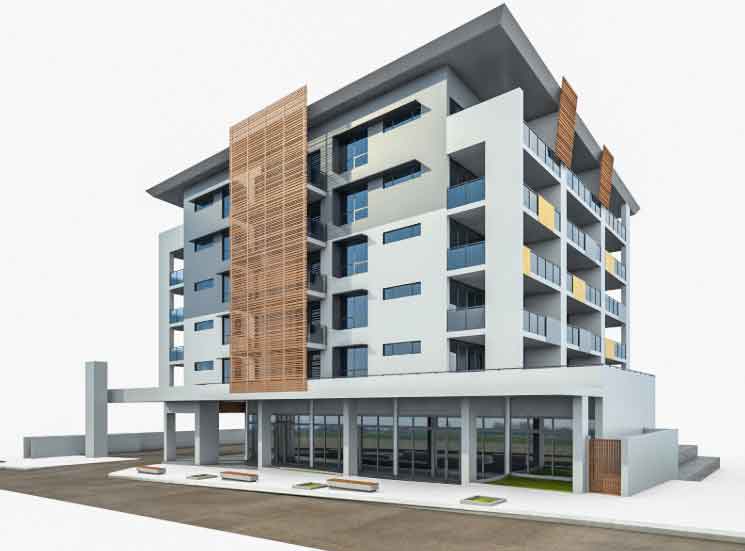The conversion of historic offices into residential spaces has transformed iconic buildings like the Tribune Tower in Chicago and the Woolworth Building in New York City. The Brown Building in Austin, originally constructed in 1938, is one of the earliest examples of this trend, expertly blending modern loft living with historic architectural details.
The Clock Tower Building in San Francisco stands as another shining example of how these conversions breathe new life into old structures. And while the aesthetic appeal of these projects often grabs the spotlight, there is a crucial element that deserves the same attention: the placement and accessibility of appliances.
Ease and Safety
When designers decide to convert historic buildings into modern homes, they often face the tricky challenge of fitting modern appliances into spaces that weren’t meant for them. If appliances end up in awkward spots or hard-to-reach places, everyday tasks like cooking and cleaning can quickly become a hassle.
That’s why it’s so important to think carefully about the layout—and make sure everything is easy to reach without a lot of bending, stretching, or awkward movements. For example, placing an oven between 15 and 30 inches off the floor makes loading and unloading a lot easier on the back. The same goes for dishwashers and fridges—good placement makes all the difference.
The Brown Building in Austin is a perfect example of this challenge. When it was converted into residential lofts in the late 1990s, the building’s original design as an office space posed some unique problems. With narrow floor plans, concrete columns, and limited plumbing access, fitting in modern kitchens took some creative thinking.
And it’s not just about getting the layout right for daily use—you also have to think about future repairs. In Austin, older buildings often come with their own quirks, so making sure appliances are accessible for service and repair is key. Luckily, when it comes to appliance repair Austin has some of the top appliance repair pros who can handle just about anything, but good design can make their job—and your life—a whole lot easier.
Accessibility for Everyone
Accessibility stands as a significant concern, especially in residential buildings aimed at accommodating diverse residents. According to the World Health Organization (WHO), around 15% of the world’s population lives with some form of disability. In a residential setting, it becomes paramount to consider how everyone, regardless of ability, can access kitchen appliances.
For instance, countertops and sinks should remain at heights that permit seated access for those who use wheelchairs. Lever-style faucets, built-in dishwashers at accessible heights, and side-opening ovens can make a meal prep or cleanup task a breeze for those with mobility difficulties.
Technology and Efficiency
In the era of technology-led living, smart appliances are becoming a crucial aspect of residential design. These gadgets innovate traditional models by adding features that prioritize user convenience and safety. Designers must not only consider where to place appliances but should also assess their interplay with other technologically advanced systems.
As cities continue to evolve through these adaptive reuse projects, welcoming homes should remain a priority for designers and architects alike.
